Colors, light, and movement rendered by an energetic touch, and a clever use of the material, between the lightness of the tempera and the richness and smoothness of the oil.
The work is made in mixed technique (tempera and oil) on cardboard, it is offered in a beautiful Louis XIV style frame which measures 55 cm by 78.5 cm and 38 cm by 61 cm for the painting alone.
It represents women working in the fields, Les Sarcleuses, certainly on the foothills of Mont Ventoux, where the artist worked a large part of the year. In excellent condition, it is dated 1900 on the back by Madame Bonnici, titled "Les Sarcleuses" bears the inventory number 1068, and as a signature the stamp of the studio as well as the name of Y. Silvestre, the artist's daughter.
It was exhibited in November 2024 at the Yves Brayer Museum in Baux de Provence during an exhibition entitled "Autour du Fauvisme en Provence" by Cézanne in Chabaud. It is listed in the Exhibition Catalogue.
An exceptional work by an exceptional artist, a precursor of the Fauvism Movement.
A precursor of Fauvism, a member of the New School of Avignon, in 1892, Seyssaud sent a submission to the Indépendants as well as to the Champs de Mars. He exhibited at the Salon d'Automne from its foundation, at the Parc de Bouteville in 1897, and in 1899, at Vollard. He achieved all the success he had hoped for. His art provoked the strongest reactions in the press. Because, as a critic of the time wrote, he brought "A completely new note". These are, says another, speaking of his paintings, spontaneous things that owe nothing to anyone and consequently should be appreciated by those who love the courage, the energetic candor of a man who has had no master and does not want to have a patron". Vollard offers Seyssaud a contract, but the latter refuses out of loyalty to his friend and Marseilles dealer François Honnorat. In 1901, he exhibited every year at Bernheim Jeune. The latter, like Vollard, offered to take charge of his interests. Seyssaud still preferred to reject this association, however rich it might be in consequences. -After 1911, Seyssaud stopped exhibiting at Bernheim to choose Rosemberg (1914), Druet (1924), 1927), Printz (1929), Georges Petit (1930), Javal and Boudeaix (1933), Printz (1933). -He exhibited in Marseille in 1905, 1907, 1920, 1921, 1922, 1928, 1947, 1949. -In Avignon, Aix-en-Provence, Tunis, etc... -In America in 1947. -Seyssaud participated in official exhibitions in Berlin (1903), Amsterdam (1912), Barcelona (1917, 1929), New York (1929), Wiesbaden (1921), Ghent (1922), Stockholm (1923), Geneva (1923,1942), Turin (1951), Colonial Exhibition of Marseille (1922), International of Paris (1937), Prefecture of Marseille (1949), Biennale of Menton (1951), Cantini Museum (1954), Zurich (1955), Galliera Museum (1956), Oxford, London, Edinburgh (1957), Aix-en-Provence, Festival (1957). -He had purchases from the State for Luxembourg (1903, 1904, 1921, 1927, 1929, 1930). For the Museums of Marseille (1908, 1919), Lyon (1924), Avignon (1920), Prefecture of Bouches-du-Rhône (1933), Town Hall of Saint-Chamas (1909), National Museum of Modern Art (1957). -He is represented at the Petit Palais, the Museum of Modern Art, the Léon Dierx Museum (Ille de la Réunion), in Moscow. Also in Dijon, Nîmes, Aix-en-Provence, Arles, Grenoble, Montpellier, Albi, etc... He has had various medals and awards. Among others, the Gold Medal of the 1937 International Exhibition in Paris, that of the city of Marseille in 1947. The Grand Prix of the French provinces in 1951, at the Biennale of Menton. Seyssaud had been an officer of the Legion of Honor since 1947. Among the posthumous events, retrospectives at the Calvet Museum (1953), Cantini Museum (1954), Salon d'Automne, Château d'Arbon in Switzerland (1955), Galliera Museum. -His paintings are among the collections of Gustave Geffroy, Frantz Jourdain, Vollard, Georges Feydeau, Sacha Guitry, Armand Dayot, Lucien Poincaré, Maurice Sarraut, Albert Sarraut, Paulhan, Bernheim, Estaunié, Descaves, Morsolf, Fernand Bouisson, Drouant, André Marie, the Marquis de Biron, the Princess of La Tour d'Auvergne, de Wagram etc.



























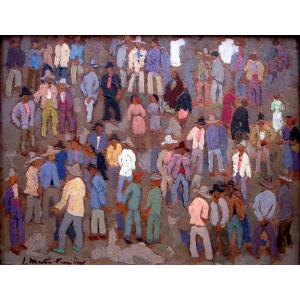
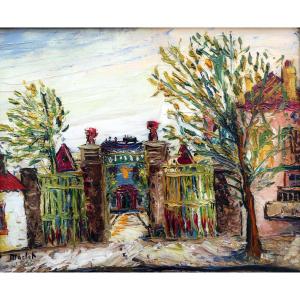
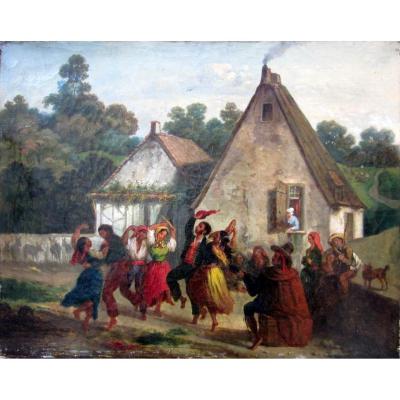

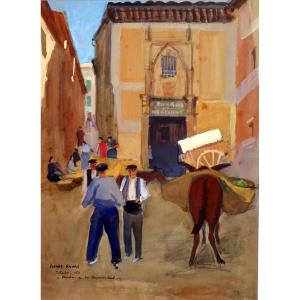

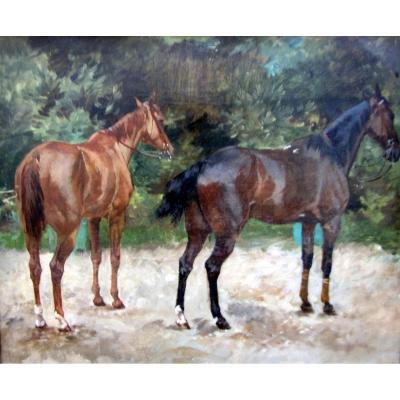
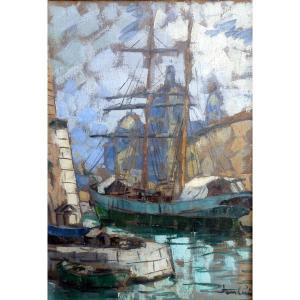

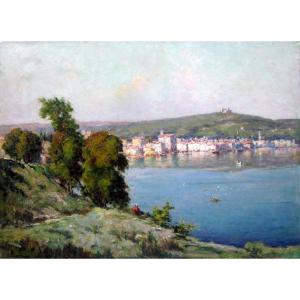

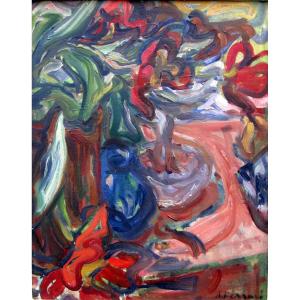

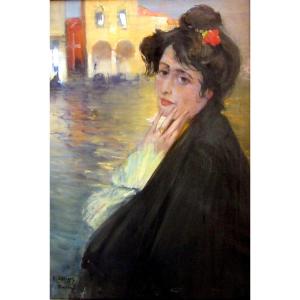









 Le Magazine de PROANTIC
Le Magazine de PROANTIC TRÉSORS Magazine
TRÉSORS Magazine Rivista Artiquariato
Rivista Artiquariato